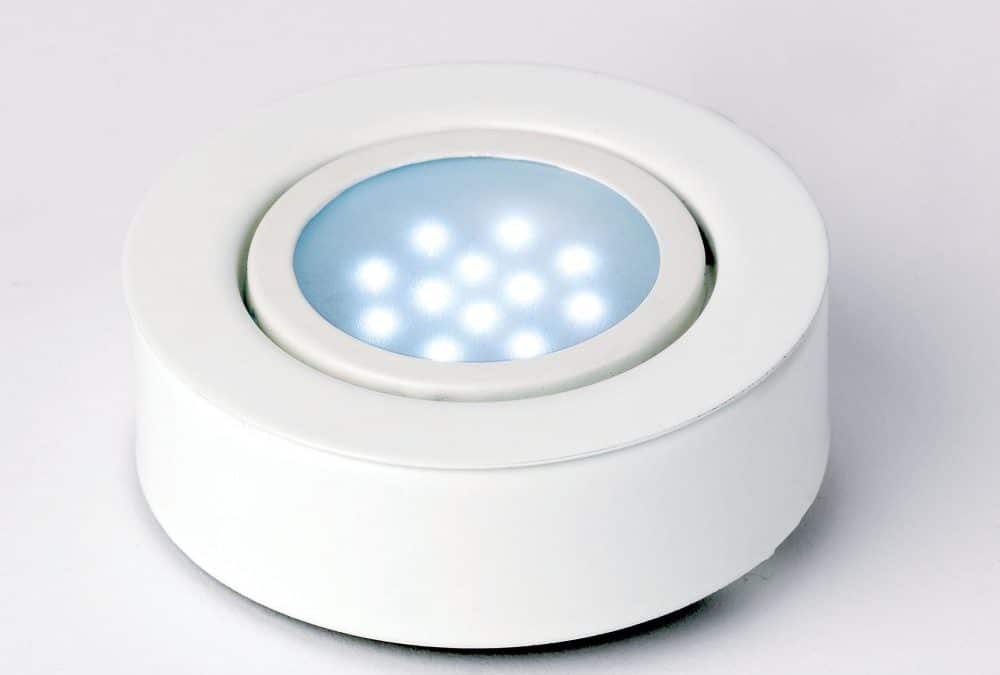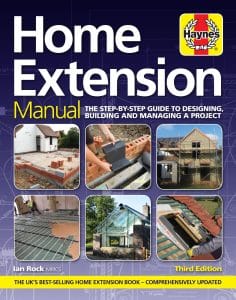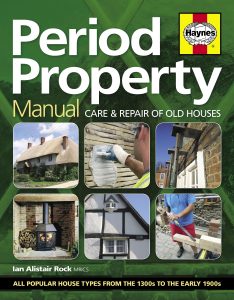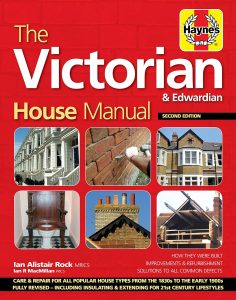In this new series, Chartered Surveyor Ian Rock FRICS – Author of the Haynes Home insulation Manual – explains how to cut your energy bills by boosting your home’s thermal efficiency.
16
The Final Project
Energy Efficient Heating and Lighting
We’re ending this series of blogs with one of the most obvious and easiest ways of saving energy – by simply not using it in the first place. This is all about getting into good ‘lifestyle’ habits – such as switching off lights and reduce the length of time the heating and hot water systems are left on. This is something that kids may need to learn!
While we’re at it, there’s a certain amount of wisdom in the advice traditionally dispensed by wise Grandmas; when it gets cold, instead of turning up the thermostat, try “putting a jumper on”! Back in the day, people sensibly used to keep themselves warm in winter by wearing winter clothes; today we prefer to heat up the whole house just so we can swan around in summer clothes all year round.
Fortunately you won’t have to resort to such extreme lengths of self-deprivation – because by now your house will be so well insulated that the amount of energy being used should be significantly less that before you started. So you can prance around all day in your pyjamas if you really want to and still not feel the cold. But there are still some things worth doing to reduce your home’s energy consumption.
Lighting
Conventional light bulbs waste energy by generating a lot of heat, so significant reductions can be achieved by swapping older bulbs with more efficient modern replacements.
New bulbs and light fittings
LED bulbs are now the go-to option because they consume a fraction of the energy of older bulbs. They’re even a lot more energy efficient than relatively modern compact fluorescent (CF) bulbs.
Special dimmable LED bulbs are available. LEDs last about 20 times longer than most conventional lights which helps justify the higher price. To achieve the maximum increase in the efficiency of your lighting, choose replacement bulbs with rated at 55 lumens per watt or more – 3 times more efficient than conventional halogen or incandescent lighting.
Bathrooms
Special safety provisions need to be observed when fitting lights in bathrooms. The best option is to fit special shower-proof fittings which are draught-proof and with LED lights installed consume minimal energy.
Only specially protected fittings can be installed in new or re-fitted bathrooms and light switches should be of the pull cord type, or located to the landing/hall wall outside the bathroom door. Building Regulations require that electrical fittings should be located well away from any risk of shower spray.
Heating
Once your home is properly insulated it makes sense to install heating appliances that consume less power. To reduce the amount of energy consumed for space heating and for hot water you need to consider not just the boiler but also the hot water cylinder, the effectiveness of the controls.
Boilers
Most new boilers are now of a relatively efficient ‘ A’ rated standard, and one of the benefits of insulating is that when selecting a new boiler a smaller one may be sufficient since the house will retain most of its warmth.
All new domestic boilers are now of a ‘condensing’ type, which means they should achieve efficiencies of at least 90%. They are designed to extract waste heat from the hot flue gases, by using more than one heat exchanger. As a result, some of the water vapour in the exhaust gases condenses back into water which needs to drain away via a little plastic ’condensate’ pipe. These should be connected to an indoor waste pipe as they can be prone to freezing in cold weather if run outside, causing the boiler to shut down.
Hot water cylinders
Traditional copper hot water cylinders have in recent years largely been superseded by mains-fed pressurised systems. The 2 main options today are combination boilers that heat hot water as it’s needed, or unvented hot water cylinders (e.g. ‘Megaflow’). So it may be worth replacing an old cylinder with a more efficient modern unvented one, or fitting a new combi boiler.
Savings can also be made by setting the hot water cylinder thermostat to 55ºC, which should be sufficient if hot taps and shower are close enough to the cylinder.
Heating controls
The aim of any heating system is to avoid wasting money and energy when there is no demand for it. For households that are unoccupied during the day, a simple timer or programmer which sets the heating to come on in the morning and again in the evening is essential to save energy. More sophisticated programmable room thermostats and zoning controls allow different temperatures to be set depending on the level of occupation. Some are even designed to self-adjust to compensate for the weather.
But the simplest and cheapest way to set different temperatures for each room is to fit thermostatic radiator valves (TRVs) to radiators. These can sense and deliver the correct amount of heat on a room by room basis and the latest TRVs can be controlled remotely from an app on your phone.
Underfloor heating (UFH)
The most efficient means of delivering heat to a room is from the floor upwards. Compared to radiators, warm water underfloor heating can be run at lower temperatures for the same degree of comfort. This means the boiler can operate more efficiently, saving money and energy. Alternatively electric UFH systems can be installed. These take the form of very thin fabric mats containing electrical elements. Although these are easier to retro-fit, they are more expensive to run and best suited to smaller areas such as cloakrooms.
Ian Rock’s home insulation tips are taken from the new Haynes Home Insulation Manual. For further information see www.home-insulating.com







